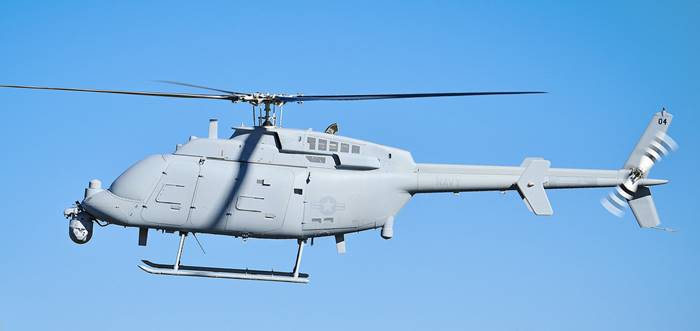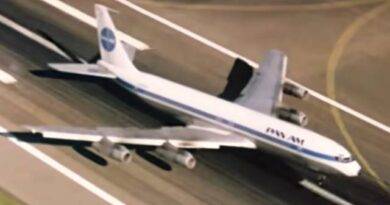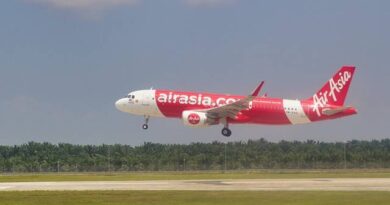Would You Fly in a Pilotless Airplane?
With the dizzying development of technology, many things are likely to change in the near future. Driverless cars have started to hit the roads today. Cargo transportation is carried out by unmanned aerial vehicles. The US navy uses remotely controlled combat helicopters. It is possible to increase such examples. So what do you think awaits us? Could there be non-pilot planes? Would you board a pilotless airplane?

UBS Company Report on Pilotless Airplane
Switzerland-based company UBS shared a report that pilotless and fully autonomous aircraft could be put into service in 2025. According to the study, if pilotless air transport starts, the airline industry could save around $ 35 billion annually (by the elimination of pilot training programs, for example).
The UBS report claims one of the biggest savings will be in fuel consumption as companies can reduce fuel usage by setting better optimized routes.
The International Air Transport Association (IATA) states the total fuel costs of the 275 carriers it represents as 129 billion dollars. This price is equivalent to 18.8 percent of the operating costs of the companies.
In the event of the realization of the pilotless aircraft program in the UBS report, insurance costs are also expected to decrease, considering that accidents due to personnel expenses and pilotage error will be eliminated with technology.
According to the estimates of Boeing company, the sector will need 630.000 new pilots in 2036. The average cost of pilot training programs in the US is around $ 125,000. On a rough calculation, in the next 20 years, the training cost of only new pilots needed will be $ 80 billion.
Experts think that with the advent of pilotless aircraft, the training and recruitment pressure on companies will ease. With the development in technology, it is stated in the UBS report that not only commercial transportation, but also the business jets and civilian helicopter industry can save 5 billion dollars annually in total.
Pilotless Airplane – On the Other Hand
Of course, there are big questions about how quickly pilotless aircraft will become widespread. In particular, many studies show that passengers do not trust pilotless planes yet. But there is something else that these studies show. Among the people surveyed, the younger population tends to rely more on pilotless planes. So, it easy to deduce that such changes will be more normal for people who were born into technology.
John Deaton, a former Navy aviator who heads the Human Factors program at the Florida Institute of Technology’s Aviation School, commented: “I think we will eventually get down to one pilot in the cockpit, but I don’t see us ever going to unmanned airliners. People are going to demand that somebody is responsible.”
Missy Cummings, a former naval pilot and now executive at Duke University, says: “The reality is that airplanes already have the technology to fly themselves without a human pilot in the cockpit.”
There will probably be a gradual transition period between today’s conditions and completely unmanned aircraft. First of all, it is very likely that the number of pilots on board will be reduced. And it is also possible that cargo planes that do not carry passengers are unmanned. After these maybe the next step will be unmanned flight trials on short distances…
The dizzying speed of artificial intelligence, machine learning and information technologies makes it difficult to predict on this issue. However, we know that many things that used to be difficult to conduct or unpredictable are reality today. So, of course, my opinion is that one day we will travel by pilotless planes. And this will happen in the not too distant future.
For more articles click.


